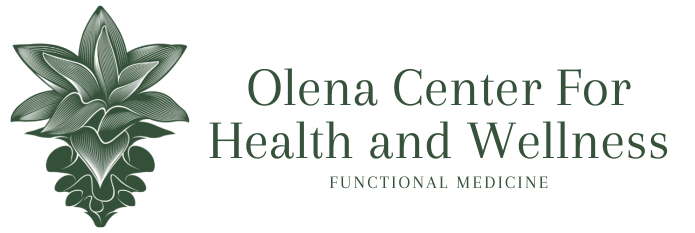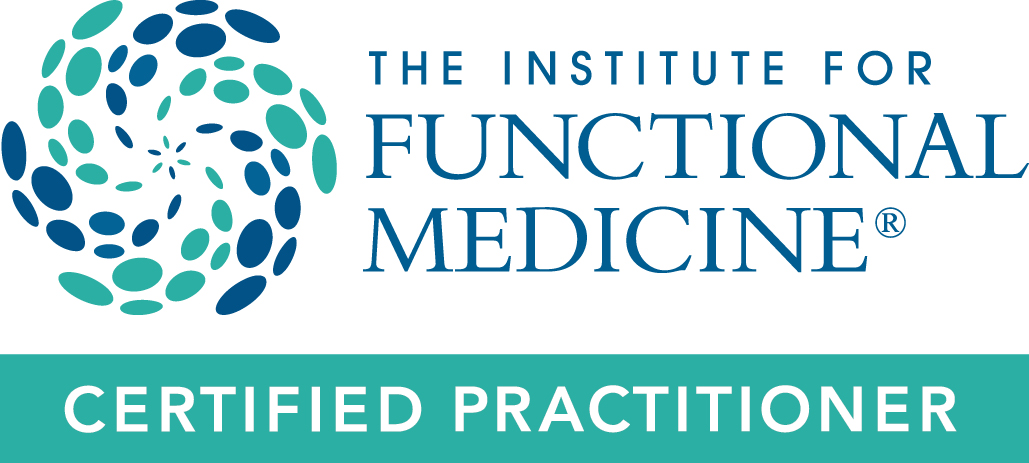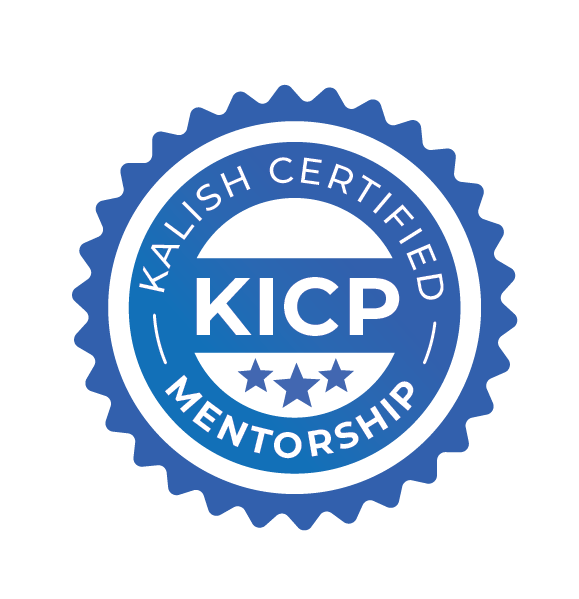It’s that time of year — spooky treats, festive feasts, and bright glowing SNOT!
If you, like me, don’t want to have raw noses all season long, here are some tips to help boost your immune system.
1. Get enough sleep, manage stress, and eat a whole, colorful-plant-rich diet. Ok, ok, ok… I know I harp on these things, but they are fundamental to good health, including immune health. Trying to get 7–8 hours of good sleep, bringing down your cortisol, and getting in ample amounts of plants filled with fiber, vitamins, minerals, and antioxidants will keep every system in your body working tip-top.
2. Cleanse your sinuses! Sinus cleansing has been a daily routine for me for the last 15+ years. At first, I was a bit taken aback at the idea of flushing a bottle of water up my nose — how will the water come out — will I drown?? However, after a nasty cold in residency (I had a lot due to lack of sleep, high stress, and a horrible diet — those fundamental things), I was introduced to the Neti-Pot. Life-changing!
When you have a cold, watching nasty gobs of snot wash out of your sinuses not only feels AMAZING, but it’s oddly very satisfying. Using Neti-pots or even nasal sprays containing saline with additives like xylitol or honey can also be a great way to prevent colds and deal with chronic allergies.
**A note on the Neti-pot — follow the instructions and keep those Neti-pots clean. You don’t want to be flushing your noses with bacteria and fungi!
3. Vitamins for immune health. Let’s look deeper at some of the essential vitamins and minerals for our immune system. These vitamins have critical roles in how our immune system works, but with all nutrients, we ideally want a varied diet full of plants and nutritious foods that will hopefully supply most of these nutrients.
a. Vitamin D — the sunshine vitamin. Vitamin D is often thought of only as a bone-building vitamin. But did you know that vitamin D receptors exist in most body cells, including our immune cells? We can get vitamin D through our diet — foods rich in vitamin D include fish liver oil, fatty fish, beef liver, egg yolks, fortified milk, and fortified orange juice.
We also naturally make our vitamin D through sunlight exposure — the amount we make will vary depending on the time of day and how long and how much skin is exposed to the sun without sunblock. Living in Hawaii, we all assume we get plenty of sunshine and thus make plenty of vitamin D. However, this is often not the case! Aging and darker skin pigmentation affect how much our skin can make vitamin D.
Additionally, being overweight or our genetics can alter how much vitamin D we may need.
i. How much do we need? There is not yet a broad consensus among professional societies to determine the optimal level of vitamin D. Still, in keeping with The American Association of Clinical Endocrinologists and The Mayo Clinic, I would aim for a blood level somewhere between 30–50 ng/ml but as high as 80 ng/ml.
ii. How do we get it? “Lucky we live Hawaii”! We can make vitamin D by getting 15–30 minutes of direct sunlight exposure on the skin (the more skin, the better), taking care to avoid sunburn. We can also eat vitamin D-rich foods, or we can supplement. Talk with your health provider if you are unsure of your vitamin D status or supplementation.
iii. Want to read more? https://ods.od.nih.gov/factsheets/VitaminD-Consumer/
b. Vitamin A. Vitamin A is often considered the eye vitamin. Surprise surprise! Vitamin A is also very important for immune health. Unlike vitamin D, we cannot make our vitamin A and must rely on getting it through our diet. There are two forms of vitamin A: provitamin A (carotenoids) and activated vitamin A (retinoids). Carotenoids are found in
orange and yellow pigmented vegetables and get activated by our body into activated vitamin A, retinoids. Retinoids are found in animal products — think eggs, fish, milk, and liver.
i. How much do we need? According to the NIH, the recommended daily intake (RDI), which is the lowest amount to meet our nutritional needs, for males 14+ years is 900 mcg RAE and 700 mg RAE for females. An individual may need higher amounts of vitamin A in the short term for optimal health.
However, vitamin A is like Goldilocks — you want the amount to be juuust right; too much activated vitamin A from liver or supplementation can be toxic. However, in general, you can safely eat an abundance of carotenoids in orange and red-colored plants; your skin may temporarily turn orange with overconsumption, but the body is clever and will not convert carotenoids into activated vitamin A if it already has enough. If you are unsure about getting enough vitamin A, talk with your health provider.
ii. Want more information? https://ods.od.nih.gov/factsheets/VitaminA-Consumer/
c. Zinc. Zinc is an essential mineral and is particularly important for the immune system and wound healing. Although studies are mixed, there is evidence that taking zinc within the first 24 hours of a cold can shorten the duration but not necessarily the severity of a cold.
i. How much do we need? The RDI of zinc for males 14+ years is 11 mg, and 9 mg for females. Those at the highest risk for zinc deficiency are those with gastrointestinal disorders who cannot adequately absorb zinc from the diet and vegetarians (especially vegans), as the bioavailability of zinc from legumes and whole grains is lower. Temporarily increasing your zinc intake during a cold by 10–30 mg above the RDI can help shorten the duration of a cold. Be careful with long-term use of zinc at higher doses, as this can interfere with copper absorption (which is also necessary for cellular function).
ii. How do we get it? Foods such as meat, fish, and seafood are all zinc-rich.
Fortified foods will also be higher in zinc. Supplementation, lozenges, and nasal sprays are all readily available at your local drugstore.
iii. Want more information? https://ods.od.nih.gov/factsheets/Zinc-Consumer/
d. Vitamin C. Most of us all know about vitamin C. Studies have not shown that regular use of vitamin C shortened the duration of the common cold in the general population.
**Two things to note on this: First, these studies looked at modest doses of vitamin C at 200 mg daily; higher doses may have efficacy. Second, a subgroup of people, including marathon runners, skiers, and anyone exposed to extreme exercise or cold environments, did have a 50% reduction in colds with this modest supplementation.
i. How much do we need? Vitamin C has low toxicity, and I recommend taking anywhere between 250 and 1000 mg daily during the cold season if you are prone to colds or are a high-performance athlete. You can also take more as needed, but I would advise not taking more than 1000 mg at a time — higher vitamin C doses can cause diarrhea.
ii. Want more information? https://ods.od.nih.gov/factsheets/VitaminC-Consumer/
4. Botanicals. Numerous botanicals are used in Ayurvedic and Chinese medicine that can help support the immune system. The scientific literature may be limited on many botanicals (unfortunately, there is not as much research as compared to drug research), but these practices
have been around for thousands of years, which to me speaks volumes.
Below are just a few that I like that are safe and, more importantly, readily available locally. In addition, botanicals are often used in combinations traditionally, and you will find these products often combined with other botanicals. As with any supplement, you want to use a highly trusted source and discuss the use of these with your healthcare provider, especially if you are pregnant or nursing.
a. Honey. Honey has many beautiful properties because of all the polyphenols and antioxidants, which have been shown to have anti-inflammatory effects, wound-healing properties, and positive effects on metabolic conditions. It is as effective as dextromethorphan as cough suppressant for children. (Note: do not use honey in children under one year of age due to a risk of botulism.) Although this cough suppressant effect has not been well seen in adults, an interesting study shows that
combining honey and coffee helped reduce the severity of post-viral coughs. One note on honey, as bees are scarce, try to buy products that are honey bee-friendly.
b. Elderberry. Elderberry can help prevent and treat viral disease, but there is insufficient data to determine its effects on COVID-19. You can find many over-the-counter preparations of elderberry syrup, juice, or dried extract.
**A critical note here: you DO NOT want to try to prepare your elderberry syrup/juice unless you are VERY familiar with this plant. Take it from my novice self a few years ago — improper preparation of this plant, which contains toxic substances, can lead to horrible nausea and vomiting.
i. Want more information? https://www.opss.org/article/elderberry-dietary-supplement-immune-health
c. Echinacea. We have all heard of this as one. Echinacea can reduce common cold symptoms, frequency, severity, and duration. You can find this one at any drug store in a variety of forms, syrup, tincture, or tea.
i. Want more information? https://www.nccih.nih.gov/health/echinacea
There are so many more botanicals that can be helpful and if you are curious to learn more, take a look at the NIH for information on safety and uses. https://ods.od.nih.gov/factsheets/list-all/#E Fact Sheets (nih.gov).
Wishing you a healthy, snot-free cold and flu season!
For more useful information on functional holistic health, you can visit our FREE video library here.
About the Author:
Dr. Eri Shimizu is a board certified in Internal Medicine Doctor and soon will be certified through the Institutes of Functional Medicine. She earned a Bachelor of Science in Environmental Bioengineering from the University of Hawaii at Manoa and graduated summa cum laude from Creighton University Medical School. She completed her Internal Medicine residency at UCLA and worked at a Los Angeles county hospital. In 2012, she returned to Hawaii and served as a Hospitalist at Maui Memorial Medical Center. Maui is now home with her husband, two children, and a fighting fish named Rainbow.
Schedule a FREE Functional Medicine Health Consult with Dr. Eri.
References:
Kennel KA et al. Vitamin D deficiency in adults: When to test and how to treat. Mayo Clin Proc 2010; 85:752–758.
IOM (Institute of Medicine). 2011 Dietary Reference Intakes for Calcium and Vitamin D. Washington DC: The National Academies Press. Holick MF et al. Evaluation, treatment, and prevention of vitamin D deficiency: an
Endocrine Society clinical practice guideline.
J Clin Endocrinol Metab 2011; 96:1911–30 Camacho PM, Petak SM, Binkley N et al. American Association of Clinical Endocrinologists and American College of Endocrinology Clinical Practice Guidelines for the Diagnosis and Treatment of Postmenopausal Osteoporosis — 2016. Endocr Pract. 2016;22(Suppl 4):1–4 vi
Martens, J., Gysemans, C., Verstuyf, A., & Mathieu, C. (2020). Vitamin D’s Effect on Immune Function. Nutrients, 12(5). https://doi.org/10.3390/nu12051248
Honey. Natural Medicines. https://naturalmedicines.therapeuticresearch.com. Accessed October 4, 2023.
Raeessi MA, Aslani J, Raeessi N, Gharaie H, Karimi Zarchi AA, Raeessi F. Honey plus coffee versus systemic steroid in the treatment of persistent post-infectious cough: a randomised controlled trial. Prim Care Respir J. 2013 Sep;22(3):325–30. doi: 10.4104/pcrj.2013.00072. PMID: 23966217; PMCID: PMC6442828.
Wieland LS, Piechotta V, Feinberg T, Ludeman E, Hutton B, Kanji S, Seely D, Garritty C. Elderberry for prevention and treatment of viral respiratory illnesses: a systematic review. BMC Complement Med Ther. 2021 Apr7;21(1):112. doi: 10.1186/s12906–021–03283–5. PMID: 33827515; PMCID: PMC8026097.
Asgary S, Pouramini A. The Pros and Cons of Using Elderberry (Sambucus nigra) for Prevention and Treatment of COVID-19. Adv Biomed Res. 2022 Oct 31;11:96. doi: 10.4103/abr.abr_146_21. PMID: 36518861; PMCID:PMC9744084.
Hudson JB. Applications of the phytomedicine Echinacea purpurea (Purple Coneflower) in infectious diseases. J Biomed Biotechnol. 2012;2012:769896. doi: 10.1155/2012/769896. Epub 2011 Oct 26. PMID: 22131823; PMCID:PMC3205674.
Sharifi-Rad M, Mnayer D, Morais-Braga MFB, Carneiro JNP, Bezerra CF, Coutinho HDM, Salehi B, Martorell M, Del Mar Contreras M, Soltani-Nejad A, Uribe YAH, Yousaf Z, Iriti M, Sharifi-Rad J. Echinacea plants as antioxidant and antibacterial agents: From traditional medicine to biotechnological applications. Phytother Res. 2018 Sep;32(9):1653–1663. doi: 10.1002/ptr.6101. Epub 2018 May 10. PMID: 29749084.






